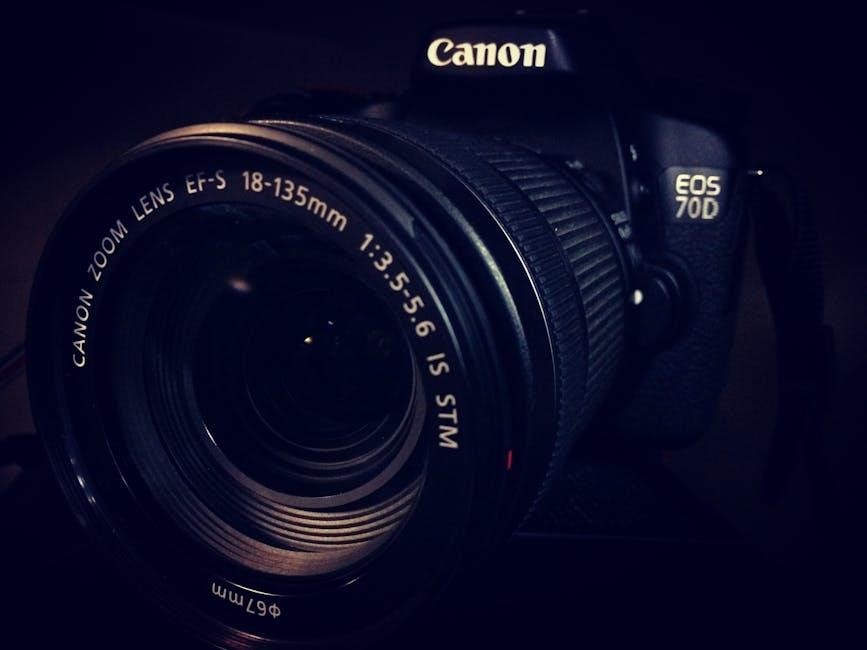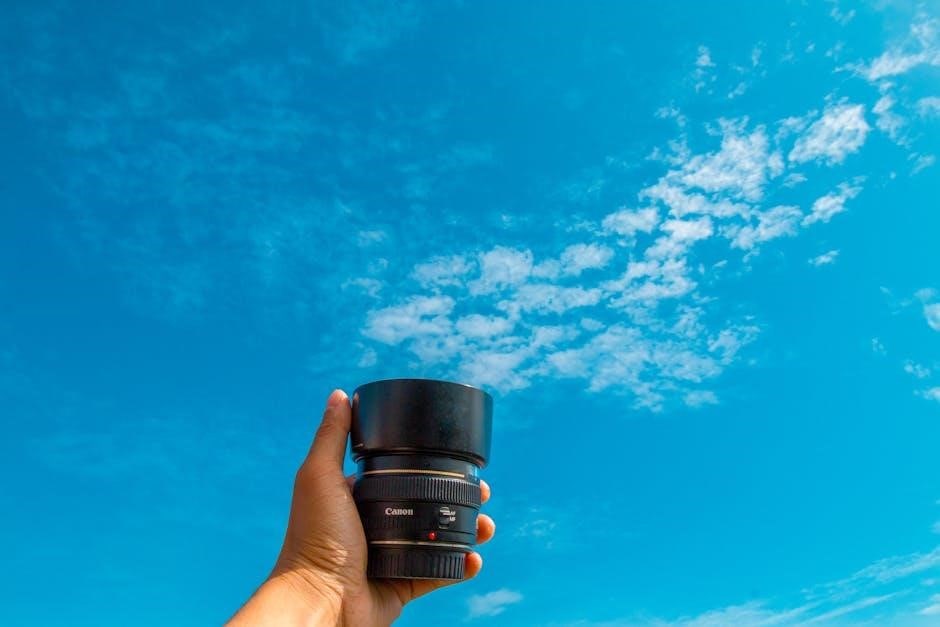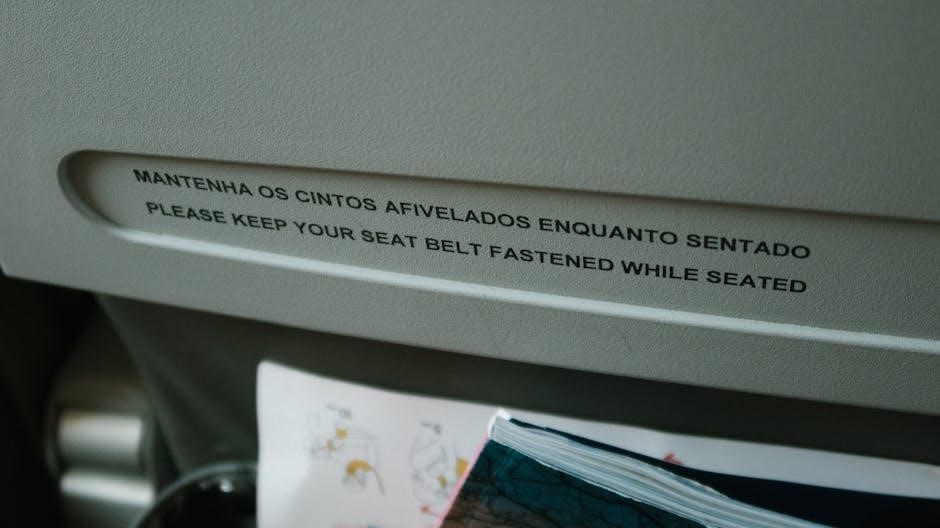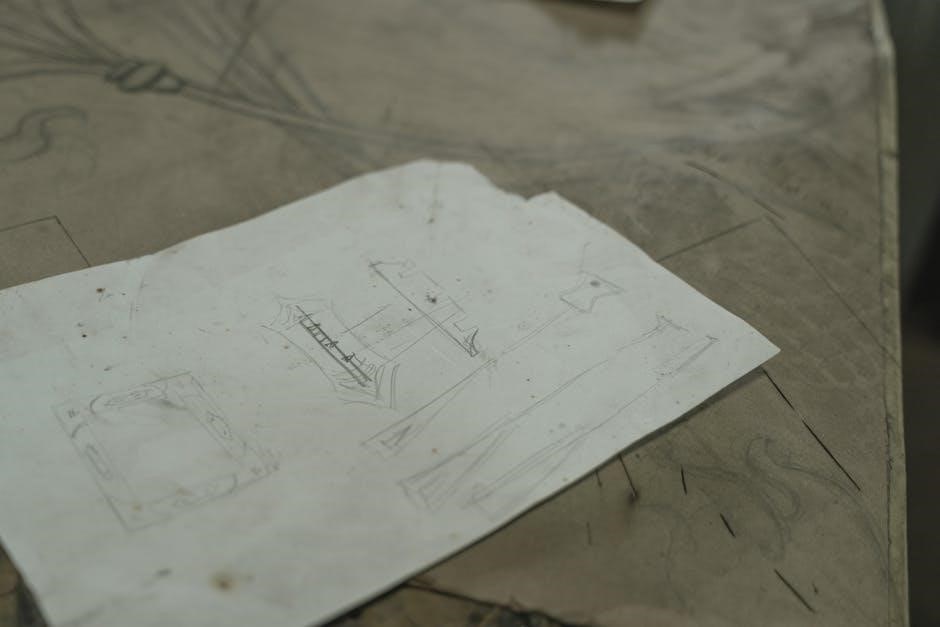Canon AE-1 Instruction Manual: A Comprehensive Guide
Welcome! This comprehensive guide serves as your dedicated resource for mastering the iconic Canon AE-1 35mm SLR film camera. Whether you’re a seasoned photographer or a beginner, this manual provides detailed instructions, helpful tips, and essential information to unlock your AE-1’s full potential.
The Canon AE-1, a 35mm single-lens reflex (SLR) film camera, revolutionized photography upon its release. Introduced by Canon in 1976, it quickly gained immense popularity among amateur photographers due to its user-friendly design and innovative features. The AE-1 was part of the AE series, known for its advanced automation capabilities, making quality photography accessible to a wider audience.
This camera stood out for its shutter-priority automatic exposure mode, simplifying the process of capturing well-exposed images. Its electronically controlled shutter and integrated light meter provided accurate and consistent results. The AE-1’s compatibility with Canon FD lenses further enhanced its versatility, offering photographers a wide range of options for various shooting scenarios.
The AE-1 wasn’t just about automation; it also offered manual control for experienced users who desired more creative flexibility. Its robust build quality and intuitive interface made it a reliable companion for photographers of all skill levels. This section of the guide will delve deeper into the AE-1’s features and capabilities, providing a solid foundation for understanding its operation and maximizing its potential.
Overview of Camera Parts (Top and Bottom Views)
Familiarizing yourself with the Canon AE-1’s components is crucial for effective operation. Let’s begin with the top view. The shutter speed dial allows you to select the desired shutter speed or set the camera to ‘AE’ for automatic exposure. Adjacent to it is the film advance lever, used to wind the film after each shot. The shutter release button, often equipped with a threaded socket for a cable release, triggers the exposure. You’ll also find the rewind knob, essential for winding the film back into the canister after shooting.
Turning our attention to the bottom view, we locate the film rewind release button, which disengages the film advance mechanism for rewinding. The battery chamber houses the power source for the camera’s electronics. The tripod socket enables secure mounting on a tripod for stable shooting. Understanding the location and function of these parts will greatly enhance your handling and control of the Canon AE-1.
A detailed understanding of these components is paramount for mastering the AE-1. This section prepares you for the subsequent, more detailed instructions.
Loading and Unloading Film
Loading Film: Begin by opening the camera back. Gently pull up the rewind knob to unlock the back cover. Insert the film canister into the film chamber, pushing the rewind knob back down to secure it. Pull the film leader across the film path and insert it into one of the take-up spool slots. Advance the film using the film advance lever, ensuring the sprocket teeth engage with the film perforations. Close the camera back. Continue advancing the film, firing the shutter a couple of times until the frame counter displays “1.” You are now ready to shoot.

Unloading Film: Once you have reached the end of the roll, the film advance lever will no longer turn. Rewind the film back into the canister by flipping out the rewind crank handle and turning it in the direction indicated by the arrow. You’ll feel a sudden release when the film is fully rewound. Pull up the rewind knob to open the camera back and remove the film canister. It is now safe to take it for processing.
Remember to always load and unload film in subdued lighting to prevent accidental exposure.
Setting the ASA/ISO
Understanding ASA/ISO: ASA (American Standards Association) and ISO (International Organization for Standardization) are essentially the same thing; they both represent the film’s sensitivity to light. A lower ISO number (e.g., 100) indicates lower sensitivity, ideal for bright conditions, while a higher ISO number (e.g., 400 or 800) indicates higher sensitivity, suitable for low-light situations. Properly setting the ASA/ISO on your Canon AE-1 is crucial for achieving correct exposure.
Setting the ISO on the AE-1: Locate the ASA/ISO dial on top of the camera, usually near the rewind knob. Lift and turn the outer ring of the dial to align the desired ASA/ISO number with the indicator mark. The AE-1 supports a range of ISO values, typically from 25 to 3200. Refer to your film canister to determine the correct ISO for the film you are using. Double-check that the setting corresponds to the film speed, as incorrect ISO settings will result in either overexposed or underexposed photos.
Using Canon FD Lenses
The Canon AE-1 utilizes Canon FD lenses, a bayonet mount system known for its versatility and sharpness. Understanding how to properly mount and use these lenses is essential for optimal performance. Before attaching a lens, ensure both the lens and camera mount are clean. Align the red dot on the lens with the red dot on the camera body. Gently push the lens onto the camera body and then rotate it clockwise until you hear a click, indicating it’s securely locked.
To remove a lens, locate the lens release button on the camera body near the lens mount. Press and hold the lens release button while simultaneously rotating the lens counterclockwise until it detaches. Always support the lens with your hand during removal to prevent it from dropping. The Canon FD system offers a wide range of lenses, from wide-angle to telephoto, each designed for specific photographic purposes. Experiment with different focal lengths and apertures to explore their creative possibilities.
AE (Automatic Exposure) Photography

The Canon AE-1’s primary shooting mode is Aperture Priority AE (Automatic Exposure), which allows you to select your desired aperture (f-stop) while the camera automatically chooses the corresponding shutter speed for proper exposure. This mode is ideal for controlling depth of field, blurring backgrounds, or ensuring sharpness throughout your image.
To use AE mode, set the lens aperture ring to your desired f-stop. Look through the viewfinder; you’ll see the suggested shutter speed displayed on the right-hand side. The camera’s light meter assesses the scene’s brightness and selects a shutter speed to achieve a balanced exposure. If the light is too bright or too dim, the camera will display an “overexposure” or “underexposure” warning in the viewfinder.
In such cases, adjust your aperture or consider using an ND filter in bright light. Remember that AE photography works optimally with Canon FD lenses.
Shutter Speed and Aperture Settings
Understanding shutter speed and aperture is fundamental to controlling the exposure and creative aspects of your photographs with the Canon AE-1. Shutter speed, measured in seconds or fractions of a second (e.g., 1/1000s, 1/60s, 1s), determines how long the camera’s shutter remains open, exposing the film to light. Faster shutter speeds freeze motion, ideal for capturing action shots or reducing camera shake. Slower shutter speeds allow more light, useful in low-light conditions but require a steady hand or a tripod to avoid blur.
Aperture, represented by f-numbers (e.g., f/2.8, f/8, f/16), controls the size of the lens opening, influencing both the amount of light entering the camera and the depth of field. A wider aperture (smaller f-number) allows more light, creating a shallow depth of field, blurring the background and isolating the subject. A narrower aperture (larger f-number) reduces light and increases the depth of field, rendering both foreground and background sharp.
Experiment with different combinations of shutter speed and aperture to achieve your desired effect and properly expose your images.

Focusing the Canon AE-1
Achieving sharp focus is crucial for capturing stunning images with your Canon AE-1; The AE-1 features a manual focusing system, providing precise control over the point of sharpness in your photographs. To focus, look through the viewfinder. You’ll see a central focusing screen, often a split-image rangefinder or a microprism collar, surrounded by a ground glass area.
For the split-image rangefinder, rotate the focusing ring on your lens until the two halves of the image align perfectly. With the microprism collar, adjust the focusing ring until the image within the collar appears sharp and clear. The ground glass area provides a general reference for sharpness.
Pay close attention to your subject and carefully adjust the focusing ring until the image is crisp. Practice focusing on various subjects at different distances to develop your focusing skills. In low-light conditions, focusing can be more challenging. Ensure the focusing screen is clean and consider using a focusing aid if needed. Remember, accurate focusing is essential for capturing the detail and clarity you desire in your photographs;
Self-Timer Operation

The Canon AE-1’s self-timer function allows you to include yourself in photographs or to trigger the shutter without physically touching the camera, minimizing camera shake. To use the self-timer, first, ensure your camera is mounted on a stable surface or tripod to prevent movement during the exposure.
Locate the self-timer lever on the front of the camera. Move the lever to the “self-timer” position. Next, compose your shot and focus on the desired subject. Press the shutter button. The self-timer will activate, and a flashing LED on the front of the camera will indicate the countdown.
The timer typically runs for approximately 10 seconds, providing ample time to join your subject in the frame. Once the timer reaches zero, the shutter will automatically release, capturing the photograph. Be aware of the flashing light, so you know how much time remains. Experiment with the self-timer to capture creative and unique images.
Care and Maintenance of the AE-1
Proper care and maintenance are crucial for prolonging the life and optimal performance of your Canon AE-1. Always store the camera in a cool, dry place, away from direct sunlight and humidity. When not in use, keep the lens capped to prevent dust and scratches. Clean the lens regularly with a soft, lint-free cloth.
Avoid touching the lens surface with your fingers. To clean the camera body, use a slightly damp cloth to wipe away any dirt or fingerprints. Never use harsh chemicals or solvents, as they can damage the camera’s finish. Check the battery compartment for any signs of corrosion and clean as needed.
Periodically inspect the light seals around the film door and replace them if they become worn or brittle. This prevents light leaks that can affect your images. If you notice any unusual noises or malfunctions, consult a qualified camera technician for repair. With proper care, your AE-1 will continue to provide years of reliable service.
